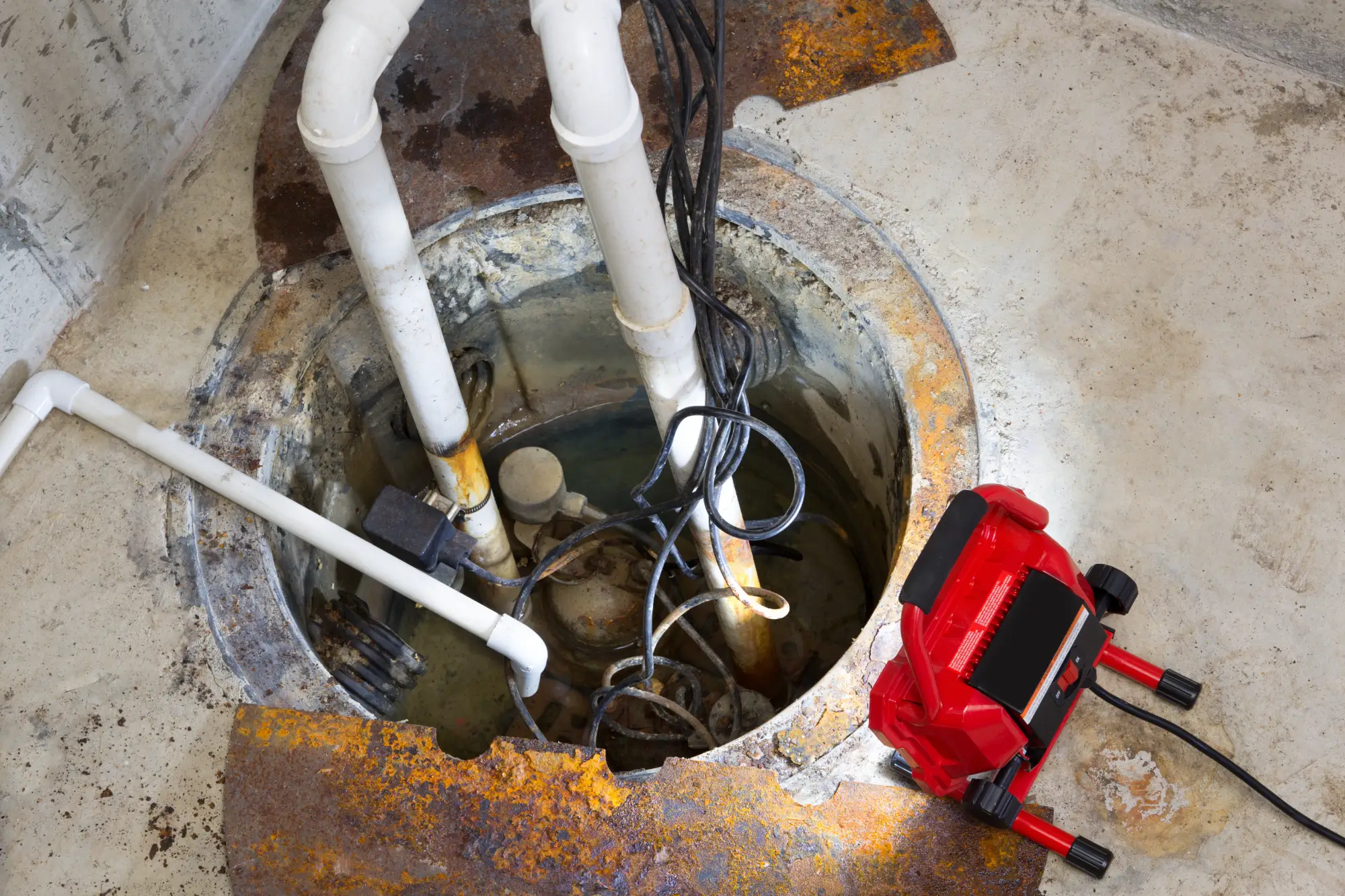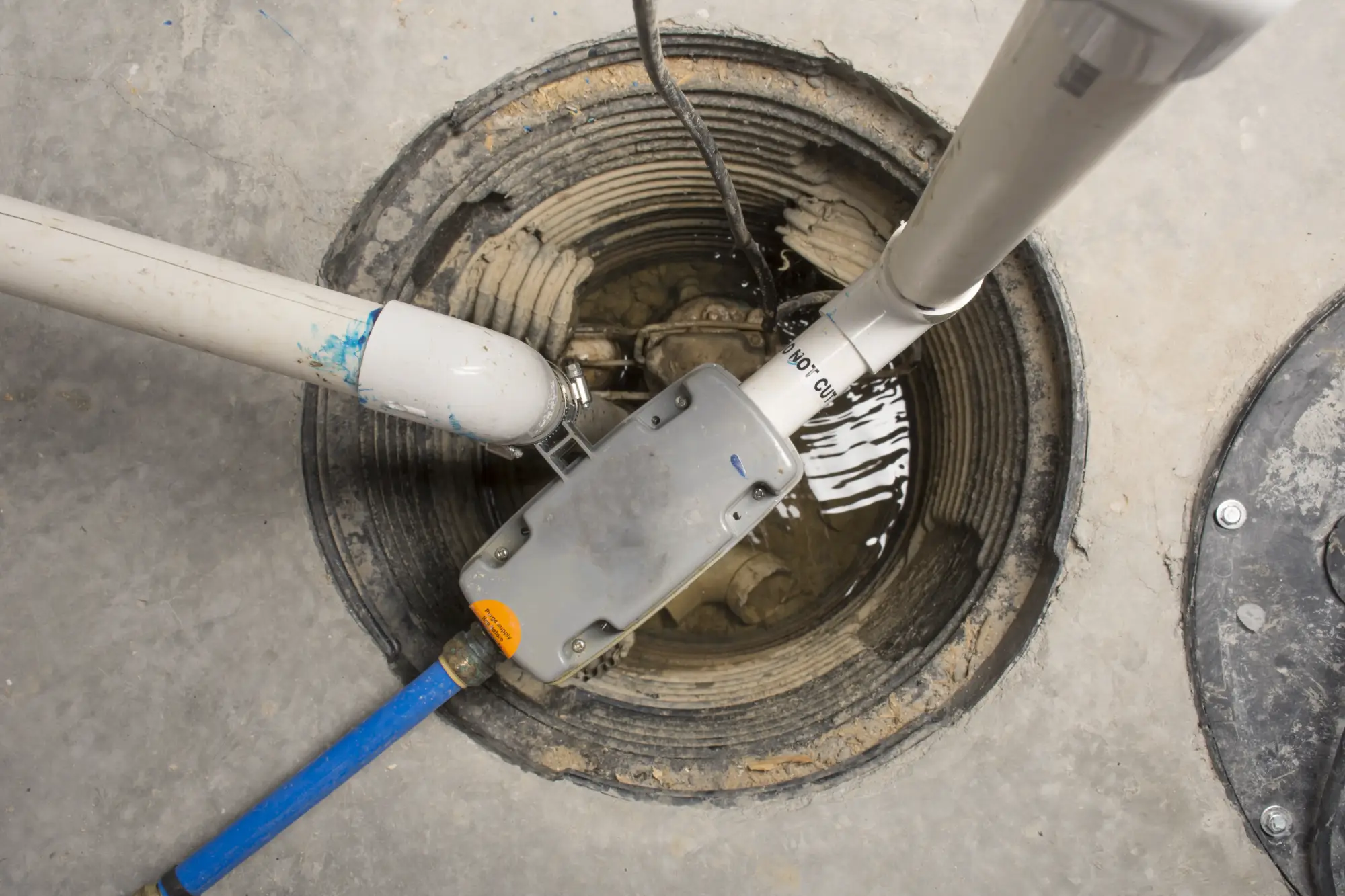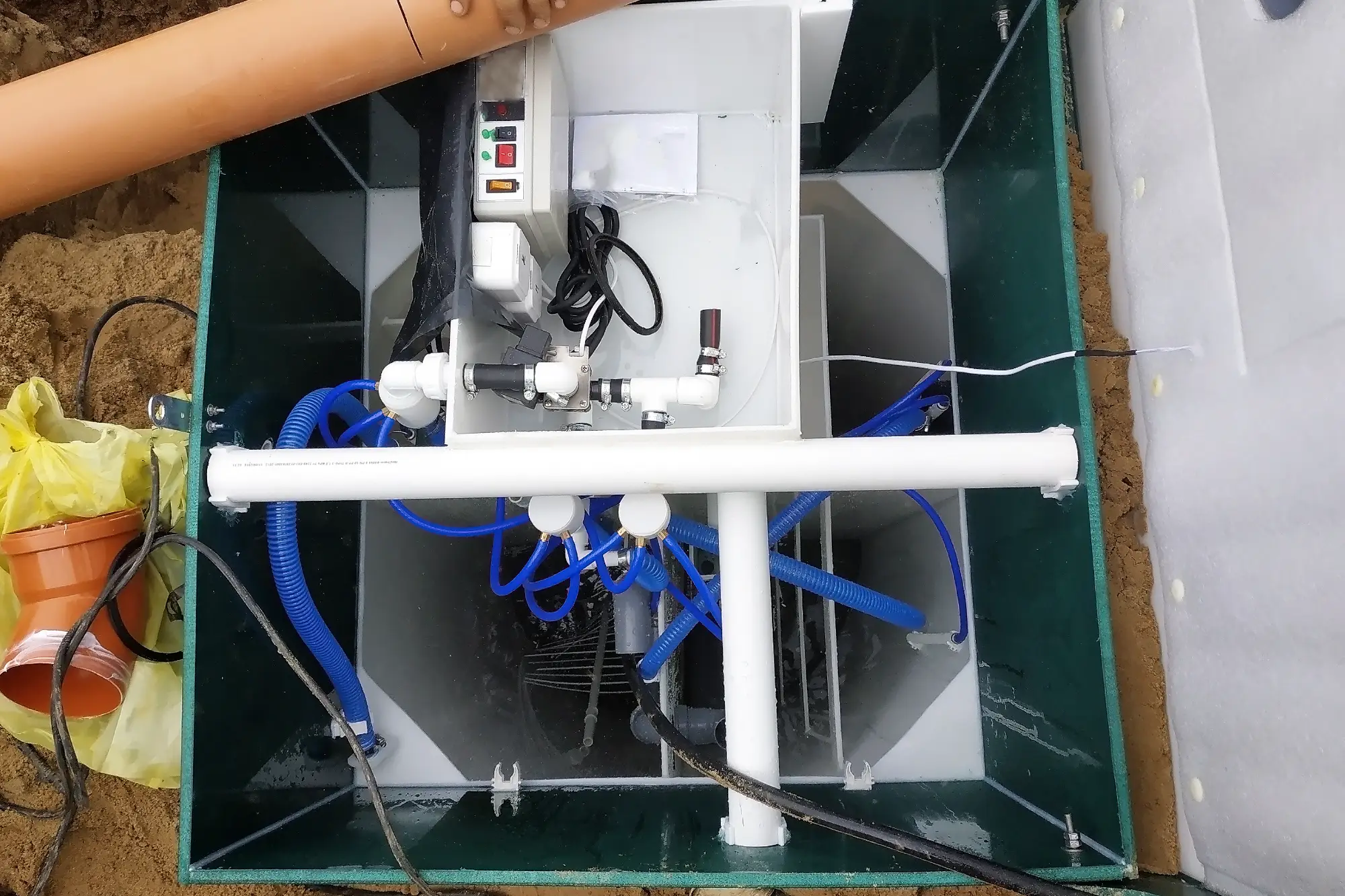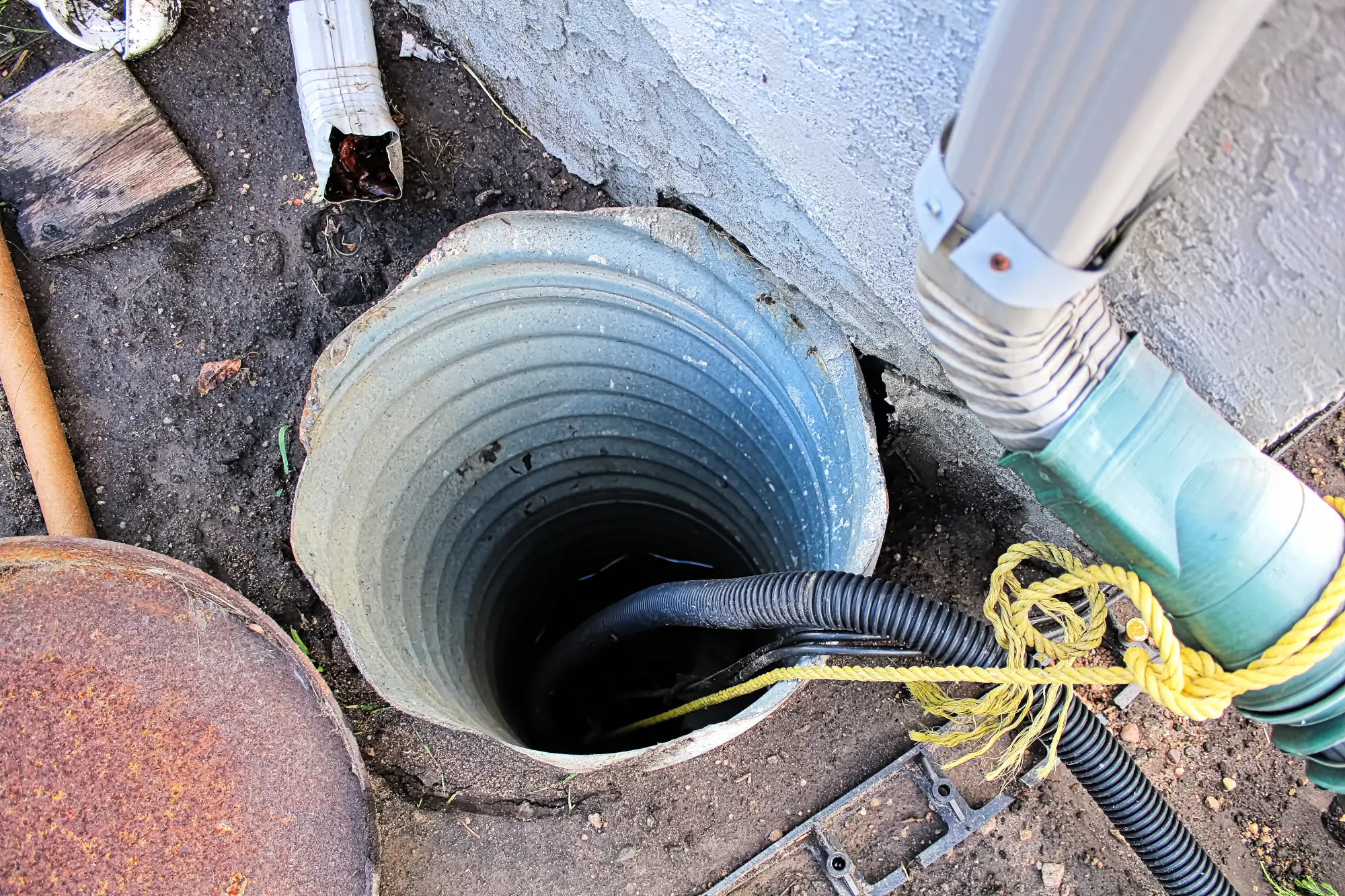Sump Pump Installation in Dix Hills, NY
Stop Basement Flooding Before It Starts
Professional sump pump installation that keeps your basement dry when Long Island storms hit hardest.

Hear About Us

Basement Protection Dix Hills
You’ll sleep through storms instead of worrying about water damage. No more rushing downstairs during heavy rain to check if your basement is flooding.
Your belongings stay safe and dry. Holiday decorations, family photos, and stored furniture won’t get ruined by unexpected water intrusion.
You can actually use your basement space. Whether it’s storage, a workshop, or finished living area, you’ll have confidence that water won’t be a problem. Your home’s value stays protected too – buyers want basements that work, not ones with water issues.
Sump Pump Installers Dix Hills
We’ve been handling basement water problems across Long Island for years. We understand how Dix Hills’ soil conditions and water table create unique challenges that cookie-cutter solutions can’t fix.
We’re not the cheapest option – and that’s good news for you. You’re getting quality materials, proper installation, and systems that actually work when you need them most. We know the difference between a quick fix and a real solution.

Basement Sump Pump Installation Process
First, we assess your basement’s specific water issues and determine the best location for your sump pump system. Every home is different, so we don’t use one-size-fits-all approaches.
Next, we excavate the sump pit to the proper depth and install the basin with appropriate drainage connections. The pump goes in with backup systems if needed, and we test everything thoroughly before we’re done.
You’ll understand exactly how your new system works and what to expect. We walk you through the operation, maintenance schedule, and what signs to watch for. No surprises, no confusion – just a basement that stays dry.

Ready to get started?
Explore More Services
About Diamond Masonry & Waterproofing
Get a Free Consultation
Custom Sump Pump Solutions
Your installation includes the sump pump, properly sized basin, discharge piping, and electrical connections done to code. We use reliable pumps that can handle Long Island’s heavy rainfall and high water table conditions.
You’ll get a system designed for your specific basement layout and water challenges. Some homes need battery backup systems, others require dual pumps, and some benefit from additional drainage improvements. We match the solution to your actual needs.
We handle all the details – permits, proper disposal of excavated material, and cleanup when we’re finished. You don’t have to coordinate with multiple contractors or worry about code compliance. It’s handled professionally from start to finish.

How long does sump pump installation typically take?
What size sump pump do I need for my basement?
Do I need a battery backup sump pump system?
How often do sump pumps need maintenance or replacement?
What happens if my sump pump fails during a storm?
Can you install a sump pump in a finished basement?
Local Resources
- Google Map Link
- Find the Dix Hills, NY USPS
- Locate Nearby Dix Hills, NY Pharmacies
- View the Current Weather in Dix Hills, NY
- Dix Hills, NY is located in Suffolk county in New York State